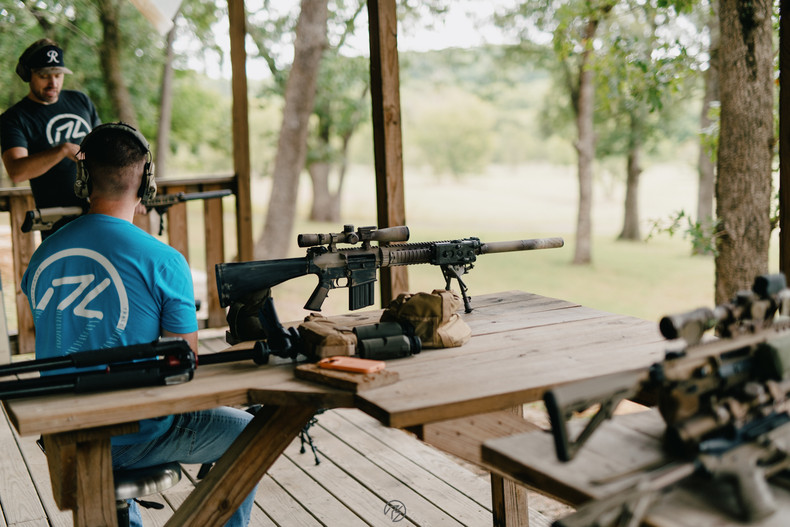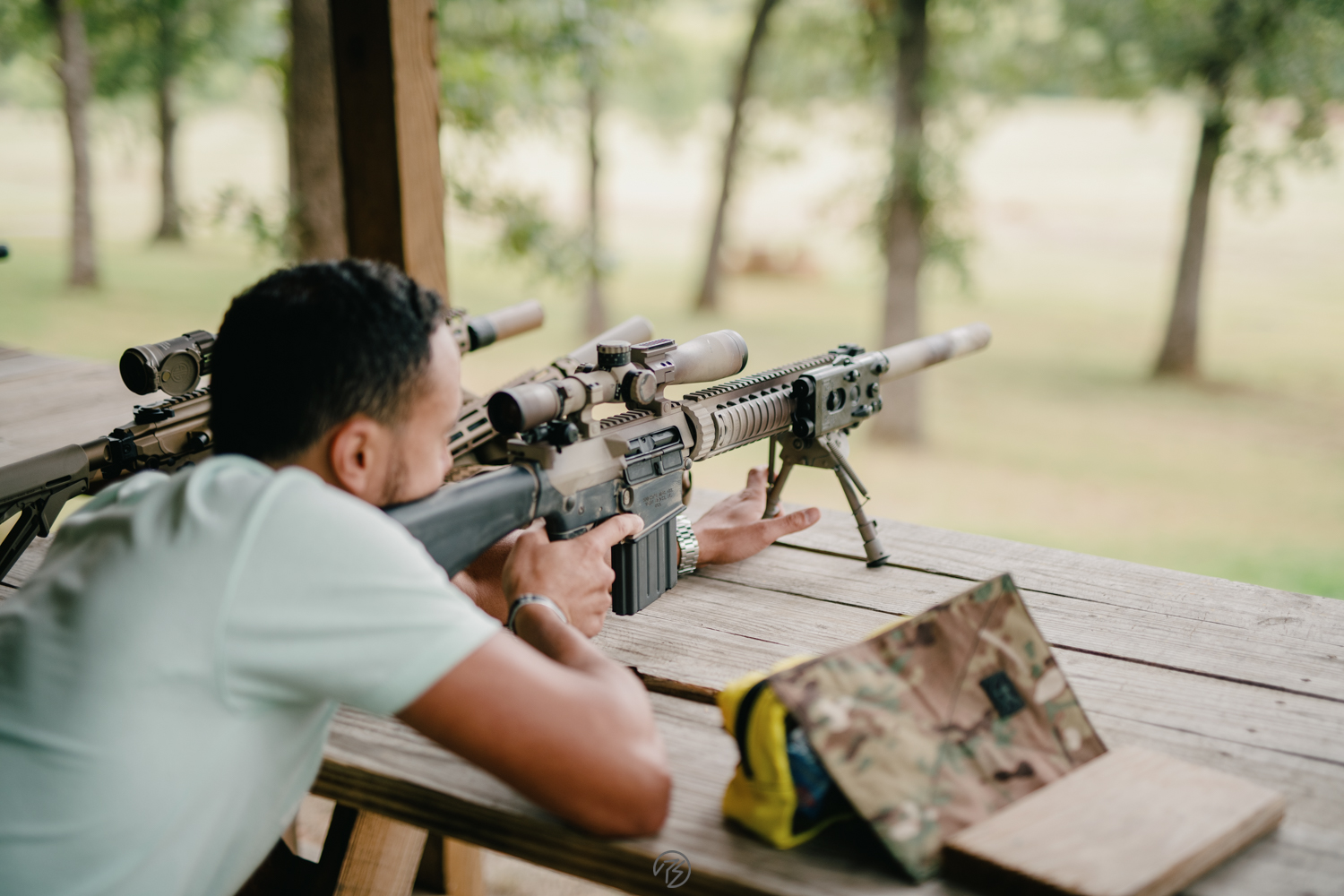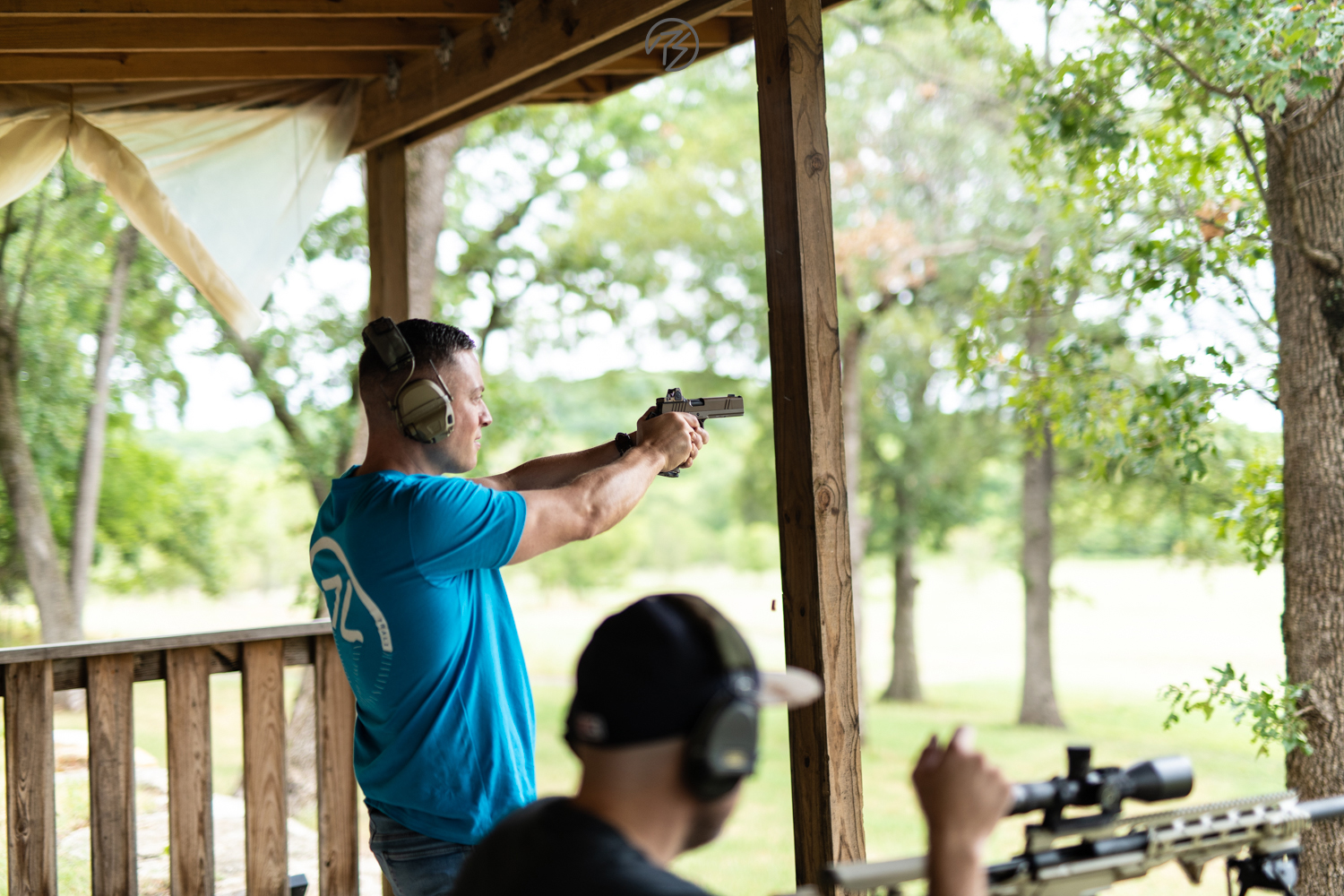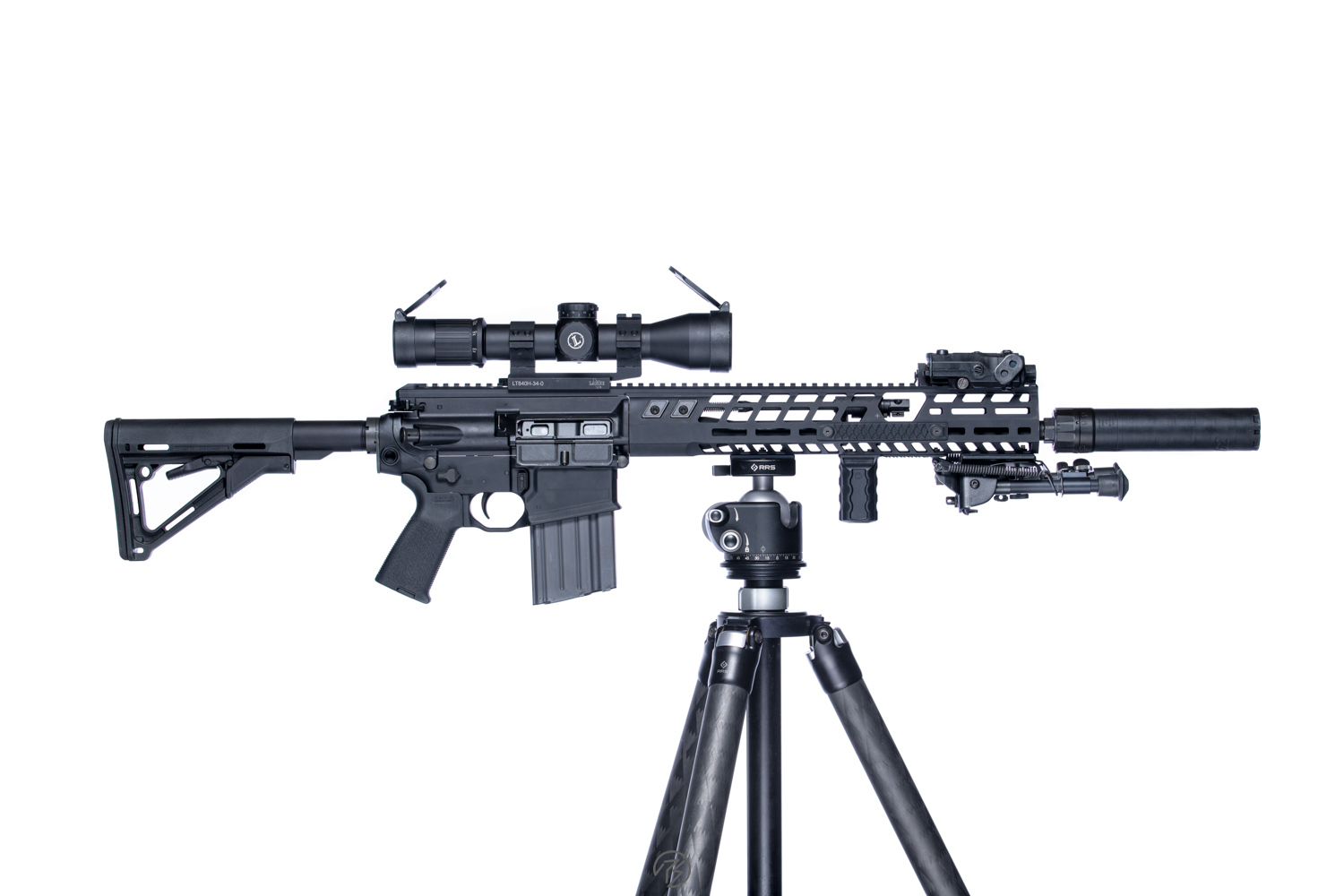A lot goes into owning an AR-15, whether you build it or buy it. What’s more, you probably shoot your rifle at least once a week — if not, why do you own the rifle?
For most, shooting accuracy is the primary metric by which they measure their progress: can you hit the mark consistently, and if not, what changes can you make to get you closer to that mark? Once you get good enough at shooting to really dial in your accuracy, even the smallest adjustments can make a huge difference. For example, firing your rifle while your breath is held and in between heartbeats — at least the movies got something right.
How To Improve Your Shooting Accuracy
You can improve your accuracy, but you need to educate yourself on various techniques to accomplish your goal. At RailScales, we want you to shoot as accurately as you possibly can. That means you need to know a little more about firing a rifle. In fact, what we want to share with you in this article today has nothing to do with your rifle, per se, and more to do with the shooter. Yes, one of our low profile hand stops would help you shoot better, but we want you to learn something, too.
We want to share the four basic field shooting positions so that you can determine where you need work and how to improve. Your stance alone can account for a substantial portion of your accuracy; it’s time you started to pay attention to the little things.
The Four Basic Field Shooting Positions
There is a purpose behind each field shooting position. It’s important to remember that the purpose of that position will also affect how accurate you are at hitting your target. The four positions are:
- Prone
- Sitting
- Kneeling
- Standing
Each of these positions offer specific advantages to your shooting. For most, you will be at the range and stationary. For example, the prone position is a low, stable position to shoot from. On the other hand, standing is a more mobile but less stable position to shoot from.
The Ready Position
If you’re not sighting a target, but you are actively training, your rifle should be in the ready position. This position is denoted by the rifle being prepared and ready to fire. In this position, your safety is on, your finger is on the trigger guard, the buttstock is secured against your shoulder, and the muzzle is oriented toward the target.
The Indoor Ready Position
The alternative ready position used for indoor training is the “indoor” ready position. This position is denoted by the rifle stock secured against the shoulder, but the muzzle pointed down towards the ground and away from the potential target. The rifle being oriented in this position allows for easier movement indoors and reduces the chance of friendly fire. While less applicable to those shooting in ranges, it’s still handy to keep in mind.
Standing Field Shooting Position
Standing with your gun off-sight is the most unstable field shooting position. However, it’s the fastest-to-assume ready position to take, and the fastest to fire from as well. It’s a mandatory field position to master due to the mobility that it offers.
Ideally, your feet should be about a shoulder-width apart. Your off-side foot should be slightly forward of your on-side foot. For most, this means that the heel of your off-side foot is in alignment with the toes of your on-side foot. The goal with your feet is to give you a good, solid base, so the stance will vary between people to some degree. You want to keep your elbows tucked in tight to your body. This is a tactical perspective, but it keeps your movements high and tight, as you fire or attempt to negotiate indoor areas like hallways or doorways.
No matter the circumstance, your AR-15 should be pulled in snug to your body and held with both hands. As you move between cover, do not get up and tight against the cover. This limits mobility. When you can, stay away from the cover so that you can move laterally without much restriction while still remaining protected from the potential threat.
Kneeling Field Shooting Position
Within the kneeling field shooting position, there are three types of sub-positions:
Braced Speed Double Knee
Each position, obviously, offers benefits to using them, and they each have a purpose for using them. Although these positions are fast to assume, they do not offer any more stability over the standing position to improve accuracy. These positions are a great way to navigate low-hanging obstacles or tight spaces that do not allow you to stand.
The speed kneeling position is also easily assumed, as mentioned above. All you need to do is, from a standing position, step forward with your off-side foot and kneel onto your on-side foot. Now, from this position, you can transition into a braced-kneeling position. The braced-kneeling position involves you stabilizing your upper body by placing your off-side elbow on your off-side knee. From here, you can lean backward to sit on your on-side foot for a partial-seated position.
You can utilize this double-kneeling position for a variety of reasons. You can transition to prone position: lean out from behind barriers or barricades, and move your upper body in any direction to some degree to get a better angle for your shot. The double-knee position is relatively versatile when it comes to stationary range of movement.
Sitting Field Shooting Position
As the most stable of all the intermediary shooting positions, the sitting position is the hardest to recover from. You can utilize the sitting positions in a few different ways:
Open-Leg Crossed Leg One-Leg
All three positions offer a stable shooting position. If you are working from behind a low to medium height horizontal barricade, the sitting position may be the best option.
Prone Field Shooting Position
As mentioned above, the prone position is the most stable shooting position. It has moderate mobility as you can crawl or roll around as you see fit. Also, the prone position is the best way to work from behind low horizontal barriers. You can utilize the prone position with both legs fully extended or with your on-side knee bent out to the side as you feel comfortable. You can recover from the prone position into sitting, kneeling, or standing.
Improve Shooting Accuracy with RailScales
Practice. Practice, practice. All the theory in the world won’t help you a bit if you don’t actually go out and apply it on the range. You now have four basic field shooting positions to master while shooting. They may throw you off at first, but as you continue to utilize them, you’ll adapt.
As you train using each position, you will notice your overall accuracy improves. Your brain will begin to adjust to the new challenge, which will sharpen your already-learned skill.
RailScales: Upgrade Your AR-15 Today!
Shooting position will go a long way toward helping develop reliable shooting habits and consistency that will help to maximize accuracy. Once comfortable with the form of shooting, there are many AR accessories available on the market that can help make subtle changes in grip, comfort and stability. RailScales offers a wide variety of rail panels, forward control products, as well as more niche products like the LEAF front sight for the DBAL series of nightvision lasers. It’s time you added a new sight to your AR-15. How about a new scale for better fore-end grip? You can shop all the RailScales product online right now to find components that will help you improve your accuracy. With a wide variety of control devices like the LDAG and RSBM-P, to hand stops like the Karve and QTR, RailScales has an option that will help anyone looking to customize their AR-15. Visit our website and check out the many amazing products to choose from at www.railscales.us!






